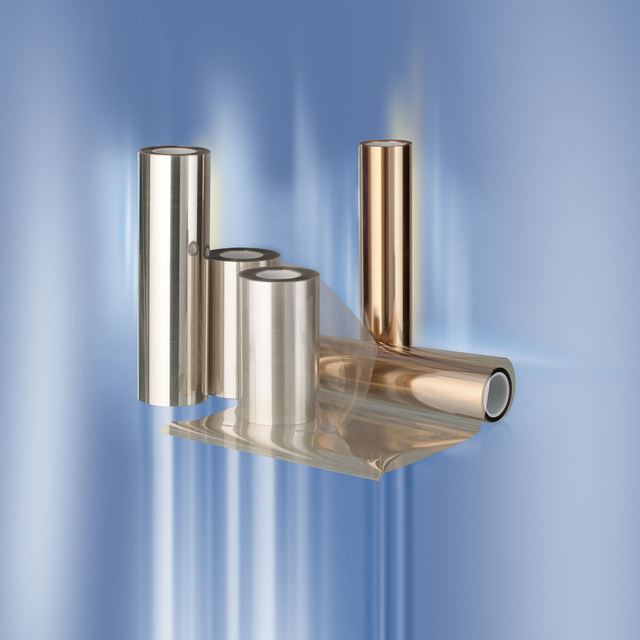Membranes for pem water electrolysis (pemwe)
The PEM water electrolysis application has been developed into a technology meeting the demand of highly efficient green Hydrogen production in MW-scale. The central part of the technology is the membrane that serves as ion conductor and at the same time also as electrode separator. The fumasep proton-exchanged-membranes for water electrolysis are tailored to the demand of high efficiency. The membranes are available typically with reinforcement, enabling and adoption of the membrane to a large cell format and reducing the swelling of membrane.
The FS-membranes are made from short-side-chain PFSA polymer. These membranes facilitate the HHV (higher-heat-value) efficiency as high as 85 % at current density 2 A/cm2. The membranes feature particularly low swelling ratio and superior strength properties.
The F-membranes are made from long-side-chain PFSA polymer. These membranes are available as reinforced or non-reinforced ones. The non-reinforced membrane is performance-wise comparable with the FS-ionomers. The membrane F-10150-PTFE is used for layout of the units where the upper range of the pressure operation limit applies.
The coating of fumasep membrane by catalysts can be done conveniently either by a decal transfer or by a direct coating.
The overview of the membrane’s properties is summarized inthe following table:
Typical properties of fumasep membranes used for PEMWE
| Membrane | FS-960-RF | FS-990-PK | F-10100 | F10150-PTFE |
| Reinforcement | microporous | PEEK woven web | none | PTFE woven web |
| PSFA polymer type | SSC | SSC | LSC | LSC |
| Thickness / µm | 60 | 90 | 100 | 150 |
| Resistance / mOhm.com2 (1) | 65 | 95 | 110 | 190 |
| Swelling in 80 °C DI water per dimension / % | <12 | <2 | <25 | <5 |
| E-Modulus / MPa | >400 | >1.500 | >400 | >1.500 |
| Operating pressure / bar | <10 | <10 | <10 | <50 |
Remark:
(1) Mean values measured at 70 °C by EIS in cell-test as HFR
Download
| Technical Datasheet - fumasep FS-960-RF | PDF, 140 Kb | Downloads | |
| Technical Datasheet - fumasep FS-990-PK | PDF, 128 Kb | Downloads | |
| Technical Datasheet - fumasep F10100 | PDF, 128 Kb | Downloads | |
| Technical Datasheet - fumasep F10150-PTFE | PDF, 129 Kb | Downloads |
Further products for your applications
Contact














